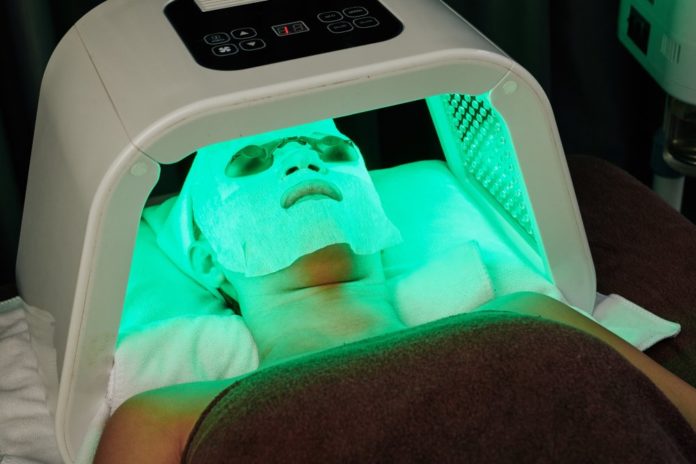Technological changes in the medical field aim to improve overall healthcare provision and the quality of life of patients. The use of technology in the field has resulted in safer and more effective treatments.
However, a significant disadvantage of technology use is the burden of higher medical costs on the patients. One technological procedure that has transformed the medical field is low level light therapy. This therapy was discovered in the 1960s and has since become popular in the market for hair loss treatment.
1. What Is Low Level Light Therapy?
Low-level light therapy (LLLT) is a treatment procedure that involves exposing body parts to near-infrared or red light. Infrared light is generally not visible to the naked eye.
However, your skin can feel the heat when you are exposed to the light. The therapy is referred to as low level because, unlike other laser therapy forms like cutting and ablation, the laser’s energy used in this procedure is of low intensity.
The procedure is also referred to as red light therapy, photobiomodulation, cold laser therapy, low-level laser therapy, and soft laser therapy. It is known as photobiomodulation because it uses photons to modulate biological cells in the body.
2. What Does Low Level Light Therapy Treat?
Low-level light therapy is popular for treating hair loss. It is an effective and safer treatment option for hair loss than the use of medications like minoxidil.
Hair loss is not the only condition that the therapy can treat. Generally, low-level light therapy is used to treat medical conditions that present with inflammation and pain.
These include chronic back pain, postoperative pain, sprains, carpal tunnel syndrome, rheumatoid arthritis, fibromyalgia, muscle strains, bursitis, and wounds.
Either pain or inflammation or both characterize all these conditions. Dermatologists also use this therapy to treat conditions like vitiligo, psoriasis, acne and acne scars, burn wounds, and dermatitis.
Researchers are also investigating the future use of the therapy in treating conditions like Alzheimer’s and Parkinson’s disease.
3. How The Therapy Works.
It works by stimulating the healing and repair of tissues. When tissues or cells are injured, the mitochondria release nitric oxide.
Nitric oxide plays a role in tissue destruction by displacing oxygen. It causes inflammation and, eventually, apoptosis, also known as cell death.
Light therapy triggers metabolism, healing, and repair of cells by dissociating the nitric oxide.
This promotes the oxygenation of cells, making them healthier. Light therapy also controls and prevents tissue destruction.
In conditions like vitiligo, the therapy triggers the proliferation of melanocytes to form melanin.
4. Risks Of The Therapy.
Low-intensity light therapy is safe when performed under a doctor’s supervision. Although it can be done safely at home, you should always perform it under a professional’s care.
It is safe because it lacks the plethora of side effects associated with treatment options like medications. It is also painless and non-invasive on the skin.
The safety of low-level light therapy use on pregnant women is unknown. Due to this, it is not recommended for treatment in pregnant women.
It is also not safe for use on the eyes and thyroid gland. Therefore, you should avoid low-level laser contact with the eyes while using it at home because it can cause injury.
5. Where To Find Low Level Light Therapy.
You can find low-level light therapy in any doctor’s or dermatologist’s office. This is because the therapy is used to treat many general body and skin illnesses.
Some dentists also offer therapy to relieve dental pain and inflammation in dental conditions like tooth infection.
Some salons also offer low level light therapy for conditions like hair loss.
You can also opt to buy your own low-level laser device from online shopping stores or pharmacies. This requires you to do proper research on the type of device you need because several types are available in the market.
However, unsupervised use of the device at home increases the risk of injury.
Low-level light therapy can be used to treat several conditions to improve the quality of healthcare. It stimulates the healing and repair of damaged tissues when used for treatment.
It is a safe treatment with no risks if used under the supervision of a professional.
You can find much more information on living a holistic lifestyle in these free magazines and on our YouTube channel.
About the Author: Regina Thomas is a Southern California native who spends her time as a freelance writer and loves cooking at home when she can find the time. Regina loves reading, music, hanging with her friends and family along with her Golden Retriever, Sadie. She loves adventure and living every day to the fullest. If you are interested in low level light therapy (LLLT), Regina recommends checking out Kiier.com.






